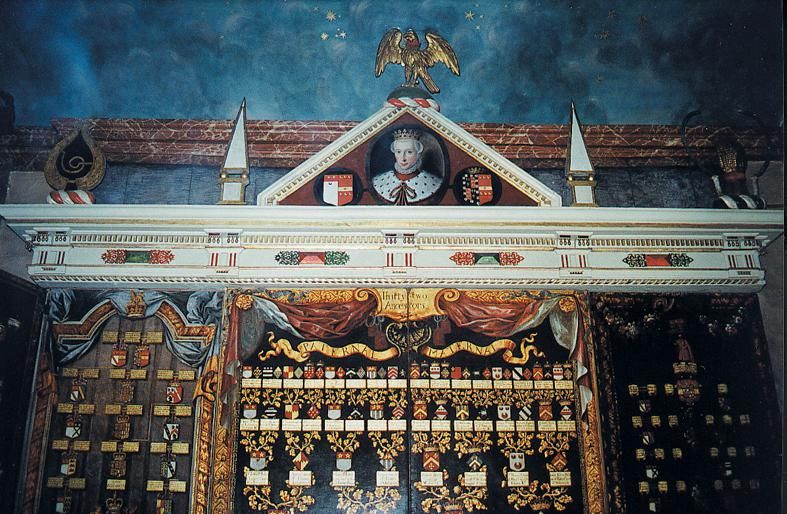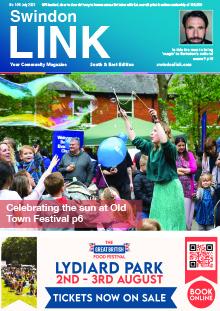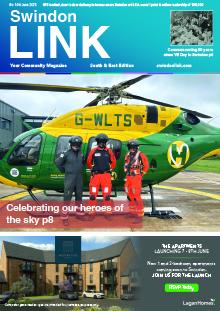West Swindon historian Frances Bevan explains the connection between Queen Elizabeth I and her Wiltshire kinsfolk
Swindon has a connection with the momentous events portrayed in the television adaptation of Hilary Mantel’s Man Booker Prize winning novels Wolf Hall and Bring Up the Bodies, aired by the BBC in 2015.
The story plots the career of lowly born Thomas Cromwell who rises to become Henry VIII’s right hand man; between them they make a profound impact on Britain’s history.
Filming for the series took place at six National Trust properties, including Montacute House in Somerset and Lacock Abbey in Wiltshire. The original Wolf Hall in Burbage, Wiltshire, home to the Seymour family, stood derelict and abandoned by the end of the 16th Century before being reduced in size and used as servant accommodation and eventually demolished in 1723.
Following the 2013 BBC production of The White Queen, set during the War of the Roses period, a whole new history loving audience hit the tourist trail, a trend which will increase with the success of Wolf Hall.
You don’t have to leave Swindon for a taste of the Tudors. St Mary’s Church in Lydiard Park is packed to its barrel vaulted roof rafters with Tudor emblems. Look up above the nave where you will see a wooden carving of Margaret Beaufort, Countess of Richmond and Derby, mother of King Henry VII, looking down on the congregation - in the main picture.
Elizabeth I and her ladies in waiting, several of whom were her St John cousins, are believed to have worshipped at St Mary’s during a visit to Lydiard House on her royal progress in 1592, when, on 1 September, she held a meeting of her Privy Council and knighted her kinsman John St John.
There is also a question as to whether the Queen actually stayed at Lydiard House as the Tudor property was then of 'modest' size and the travelling court numbered a great many people.
The original manor house was remodelled and expanded in the mid-18th century into the house visitors see today. Behind the decorative plaster work are medieval walls and the magnificent Palladian entrance hall was once a Tudor hall and courtyard with a solar (private family rooms) above one wing and services on the other side.
2009 marked the 400th anniversary of the St John polyptych - pictured - the all-in-one portrait and family tree in St Mary’s. Commissioned in 1615 by the first baronet Sir John St John, the multi panel memorial is a tribute to his parents and his illustrious ancestors and, of course, includes the family connection to royalty.
St Mary's Church in Lydiard Park is undergoing a restoration backed by the National Lottery and public donations. Find out more here









